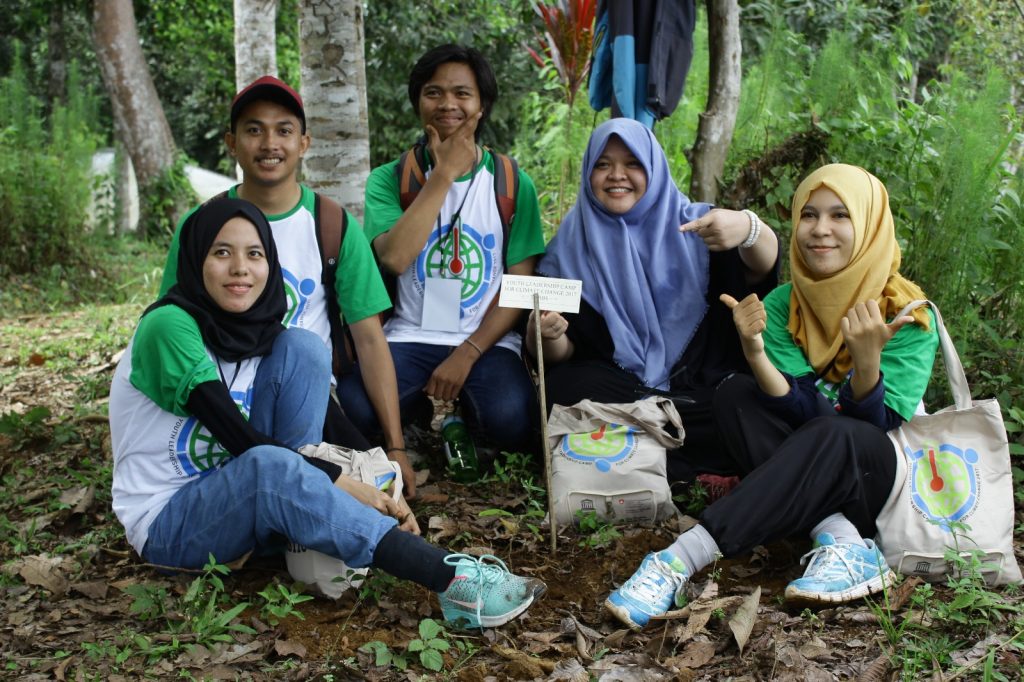
| The project will enable and reinforce the functioning of two key environmental and water science networks in Asia and the Pacific – SeaBRnet and IHP RSC-AP – as well as the pan-regional APBRN network-of-networks, which links all four subregional MAB networks in the region. The project will support annual meetings of the SeaBRnet and IHP RSC-AP, while ensuring that each meeting is organized with focus on a dedicated good governance aspect with clearly identified contributions towards the SDGs identified and reported at indicator level. In this manner, the project ensures the engagement of regional UNESCO water and environmental science networks in providing support to sustainable natural resource governance at the site, national and regional level. Each meeting will be co-financed by the hosting member state, through in-kind and/or in-cash contributions towards the organization of the event. |
| Based on stakeholder consultations and contributions at political and technical levels as well as pilot research and documentation projects undertaken at selected sites, two complementary compendia will be published: “UNESCO Biospheres Reserves in Asia and the Pacific: lessons in sustainability in action and good governance for the 2030 Agenda”; and “Sustainable Water Governance in Asia and the Pacific: UNESCO sites for water security towards the 2030 Agenda” The compendia will contain documented good governance case studies drawing from the SeaBRnet and IHP RSC-AP member states and UNESCO sites. The compendia will be based on information and knowledge generated through the implementation of a series of dedicated good governance pilot projects based at selected biosphere reserves, HELP Basins and ecohydrology demonstration sites in the region. Particular reference will be made to the contribution made by the selected case study sites towards the New MAB Strategy 2015-2014 and the Lima Action Plan (LAP). In this manner, the project will contribute to the monitoring of LAP implementation in the region, providing detailed insight into the evolving management and governance structures and practices among biosphere reserves in Asia and the Pacific. This further leads towards enhancing the capacities and knowledge about sustainable governance of UNESCO-designated sites among key stakeholders and decision makers, ensuring that new knowledge on the role of UNESCO-designated sites and programmes for sustainable governance of natural resources is absorbed and reflected in the performance of decision-makers, scientific networks and the general public in Asia and the Pacific.The compendia will present a clear and unequivocal case for the potential of UNESCO-designated sites to play a leading role in implementation of the 2030 Agenda and the SDGs through implementation of innovative, interdisciplinary, science-informed governance of natural resources and sustainable local social and economic advancement. They will provide guidance for the effective implementation of sustainability principles across UNESCO’s site-based networks as well as in society as a whole, and will reinforce the global visibility of the World Network of Biosphere Reserves, UNESCO’s Ecohydrology and HELP initiatives and other related programmes. Target audiences include decision- and policy makers across the region as well as globally, managers of UNESCO-designated sites, as well as academia and the interested public. |
| To ensure that the compendia reach their intended audience and are disseminated and applied as widely as possible, the project will undertake pro-active dissemination, sharing and promotion of the documents. This will be done by making full use of events and activities undertaken across UNESCO’s regional and global science networks – featuring, presenting and disseminating the compendia at meetings, conferences, training courses and other events in the region as well as globally – as well as by employing the full range of UNESCO’s social media and other electronic platforms. Key sites with significant accumulated experience will be highlighted in the compendia. These may include (but are not limited to) Aya Biosphere Reserve (Japan), Mae Sa-Kog Ma Biosphere Reserve (Thailand), Cibodas Biosphere Reserve (Indonesia), Palawan Biosphere Reserve (the Philippines), Putra Jaya Ecohydrology Demosite (Malaysia), Davao City HELP Basin and Ecohydrology Demosite (the Philippines). In addition, the project will support knowledge and technology transfer from good governance expertise based at established UNESCO sites towards new and emerging sites in developing countries in the region, including Nino Kunis Santana National Park and proposed Biosphere Reserve (Timor-Leste), Taka Bonerate Biosphere Reserve (Indonesia), and the Indawgyi Biosphere Reserve (Myanmar). This suite of knowledge and technology transfer activities will be reinforced by the organization of two dedicated capacity development events serving to enhance the ability of biosphere reserve and other UNESCO-designated site managers and MAB National Committees to implement the principles of the Lima Action Plan. These events will draw in particular on Japanese sustainability science expertise, further exploring and gaining advantage from the potential of sustainability science to inform and reinforce sustainable management of biosphere reserves and other UNESCO-designated sites in support of the Lima Action Plan. Resources for the capacity development activities will include the three guideline documents developed under the BRIDGES project on biosphere reserve management and sustainability science, eco-labeling and zonation, respectively. In addition, dedicated sessions at the annual network meetings supported by the project will serve to discuss and identify matches between sites requiring specific support and sites in a position to offer matching assistance. During the subsequent year, a dedicated session at the network meetings will review and assess implementation and adjust selection, matching and implementation strategy for the following year’s activity. |
| Through the development of high-visibility compendia of global relevance, engagement of multiple sub-regional as well as regional networks, and direct reporting to and visibility at global meetings of the Project activities will build on experiences from past JFIT projects in Asia and the Pacific, and will draw on Japanese expertise and leadership wherever possible. As noted, guidance on the management of biosphere reserves informed by Sustainability Science developed for the BRIDGES in AP project by the University of Tokyo will serve as key guidance document in the project’s knowledge transfer activities. |

Recent Comments